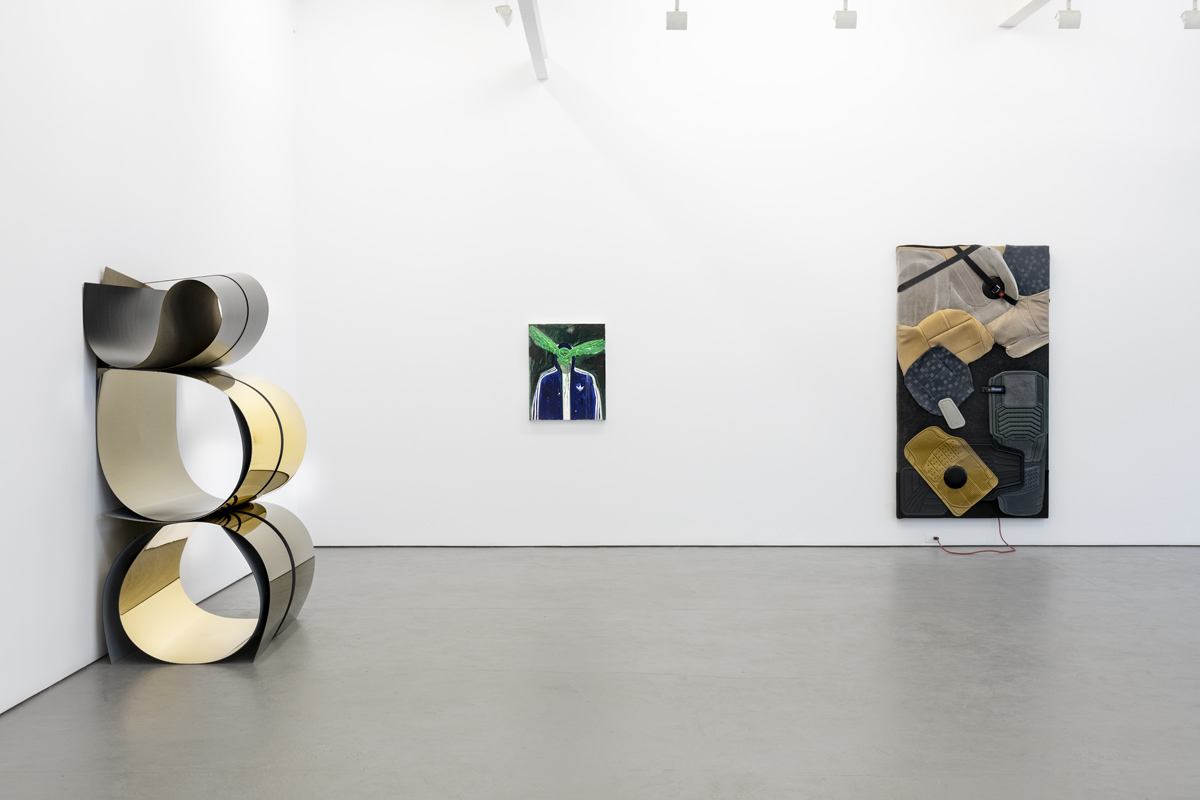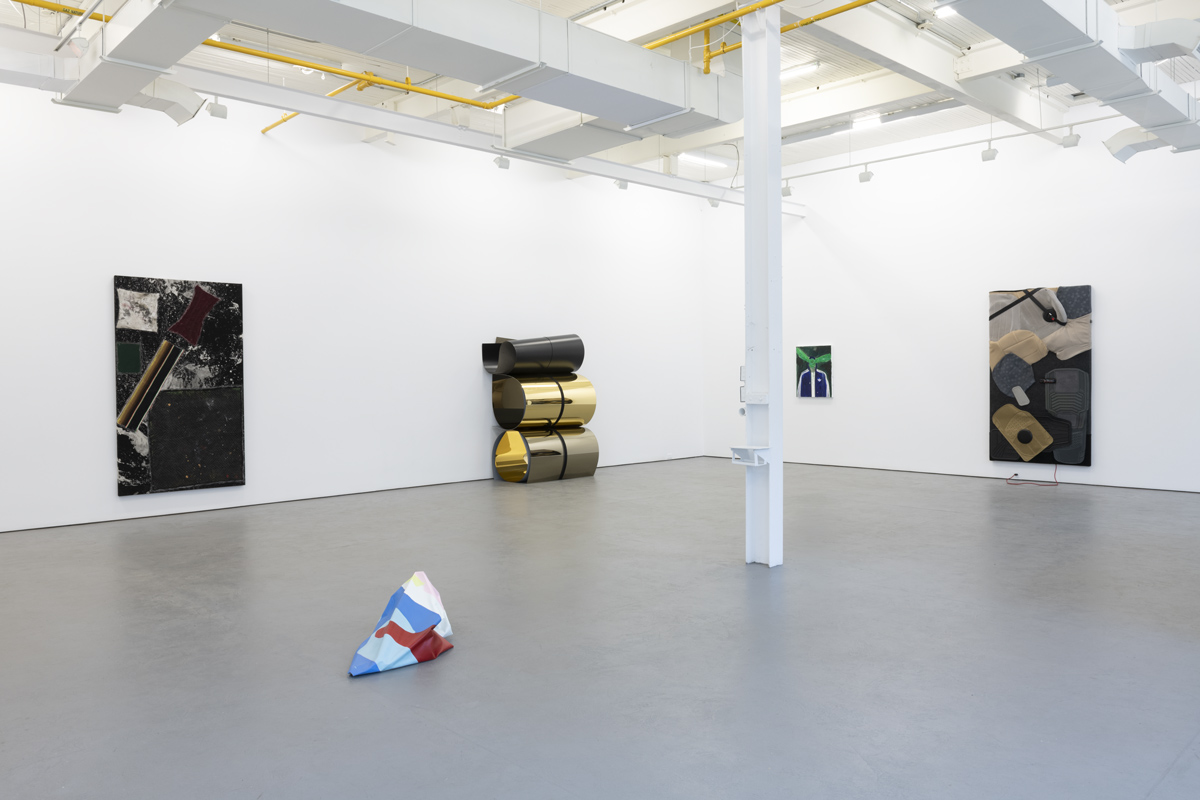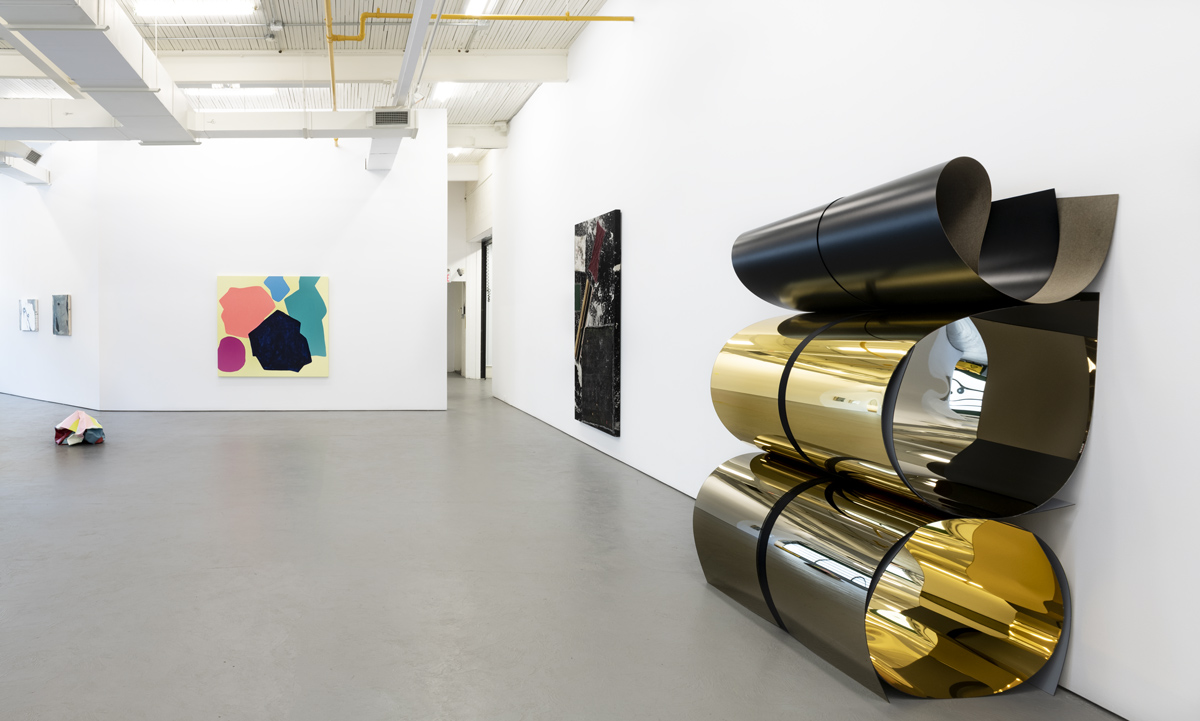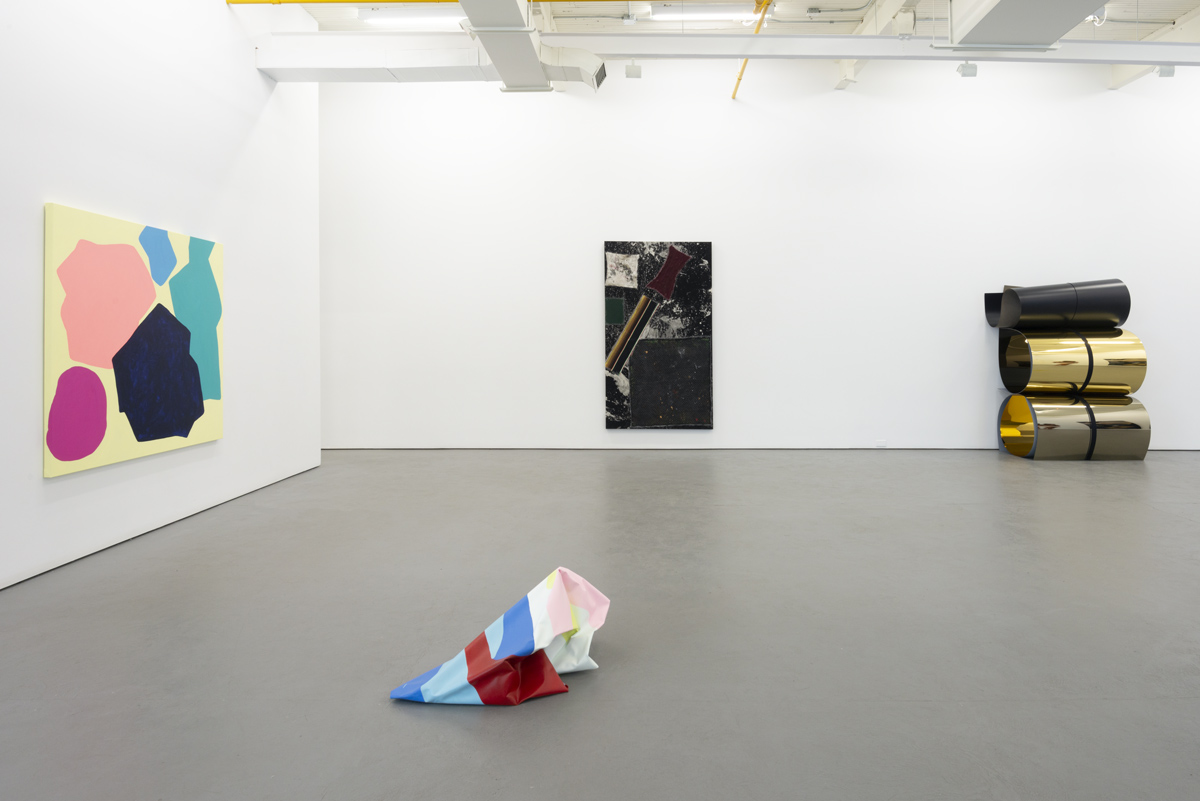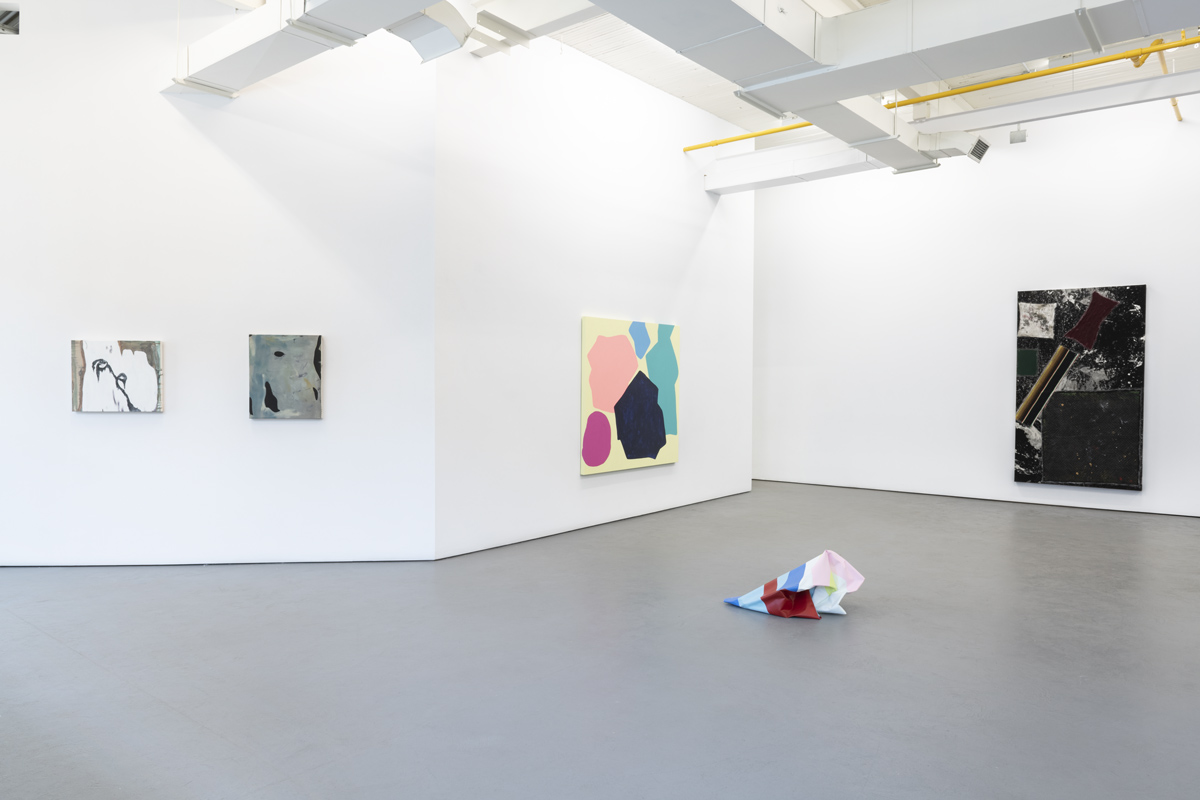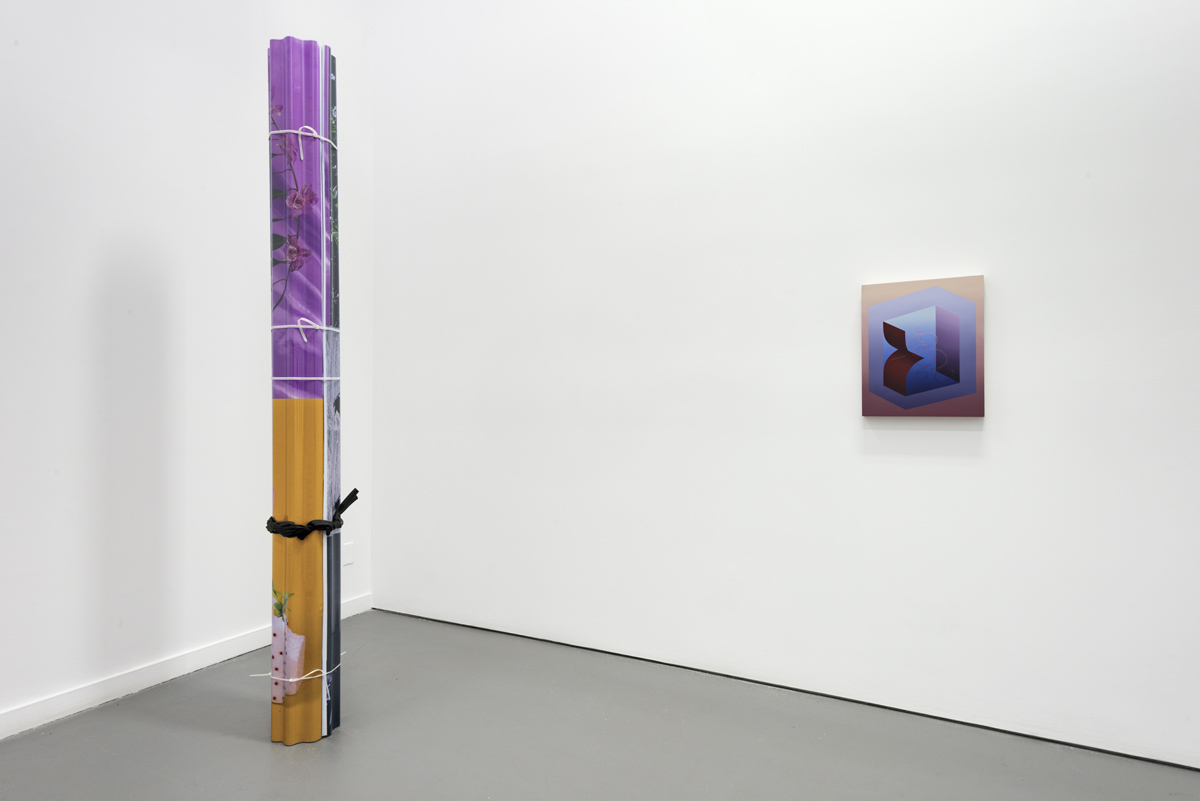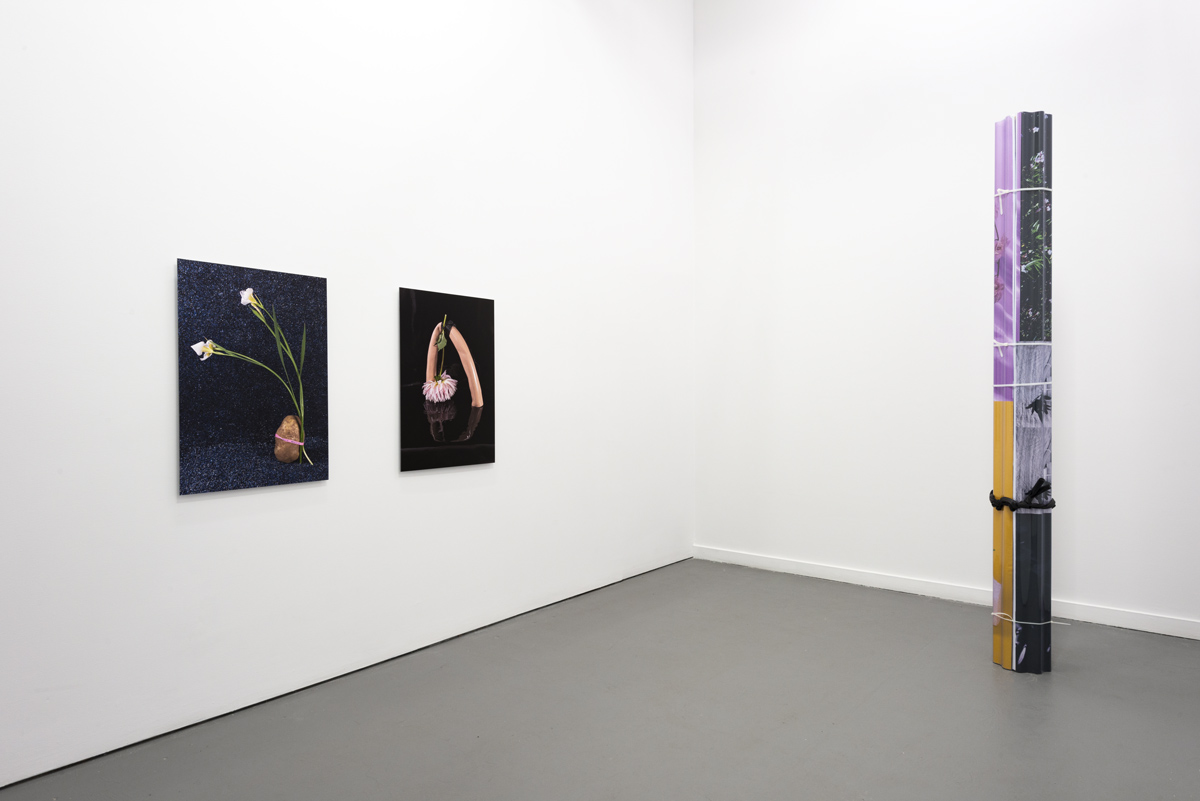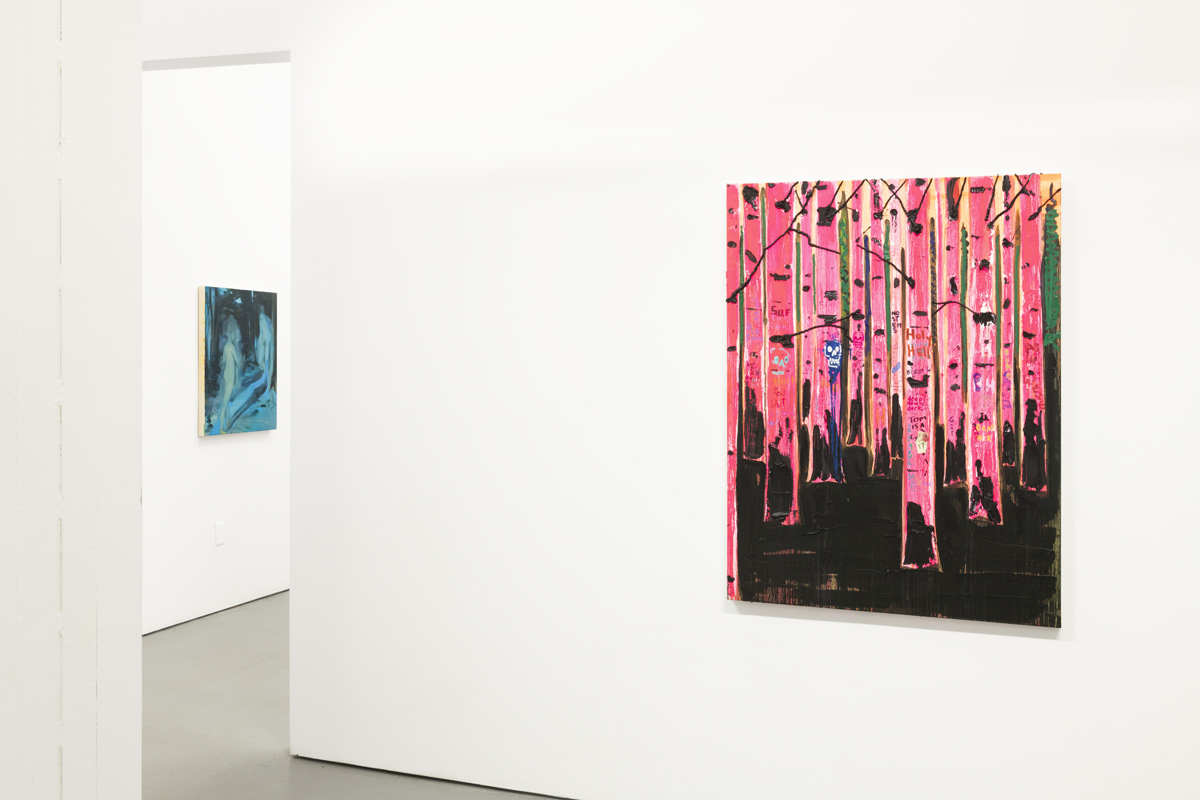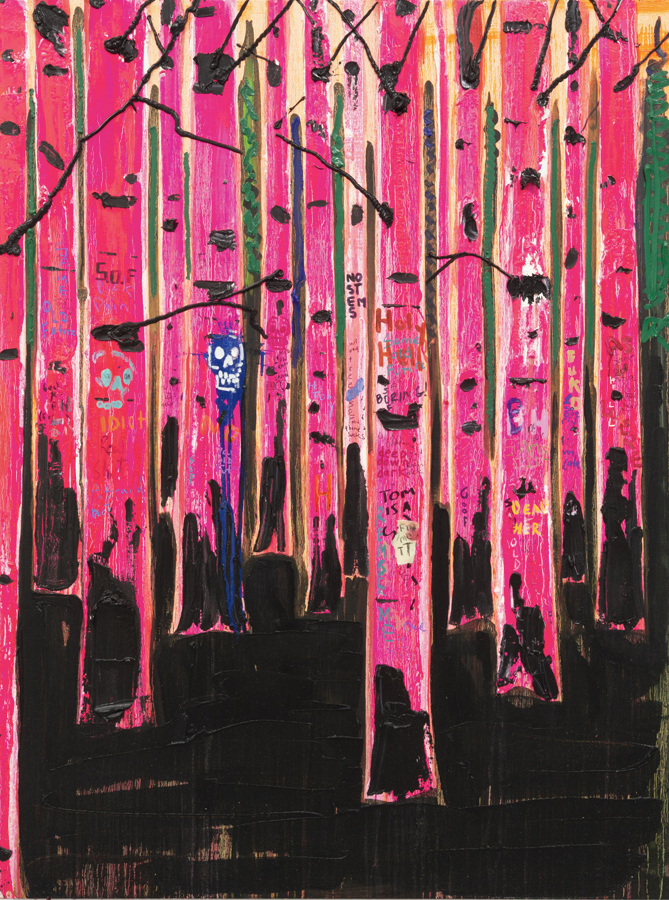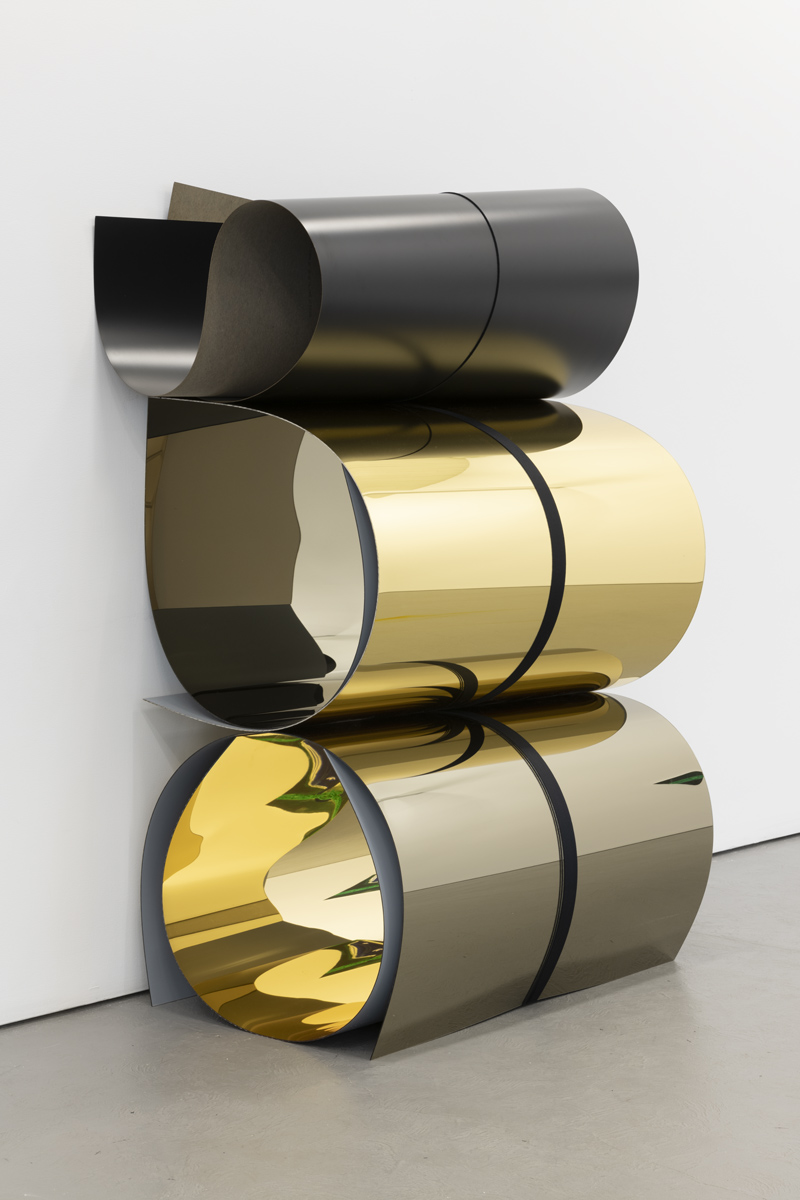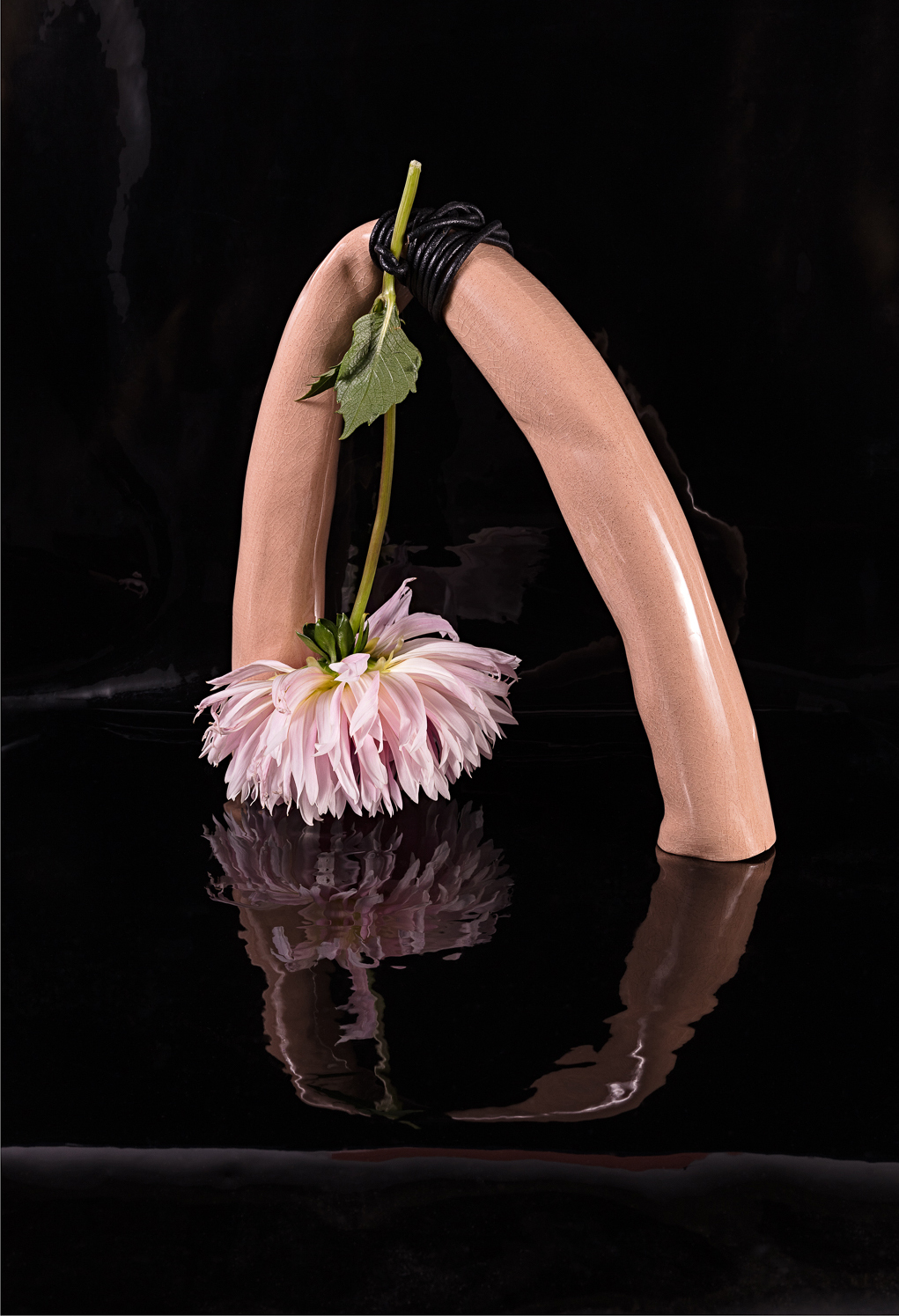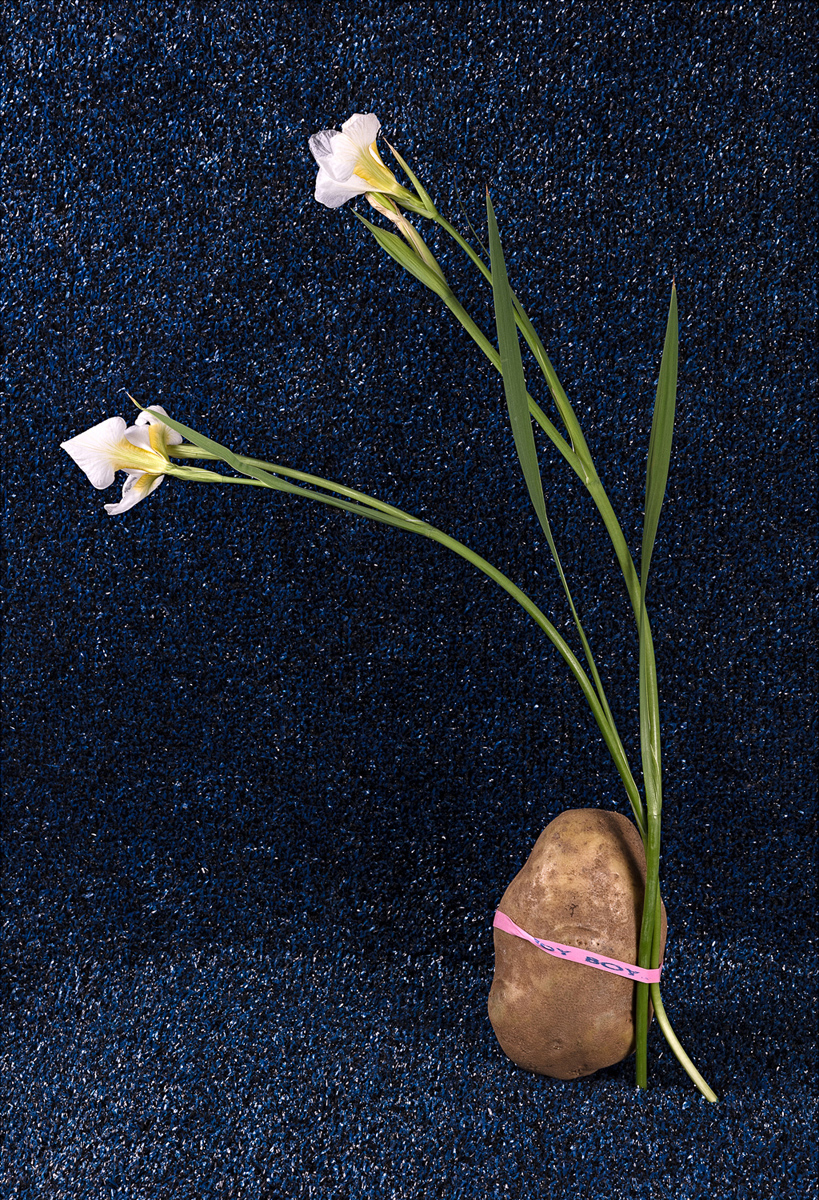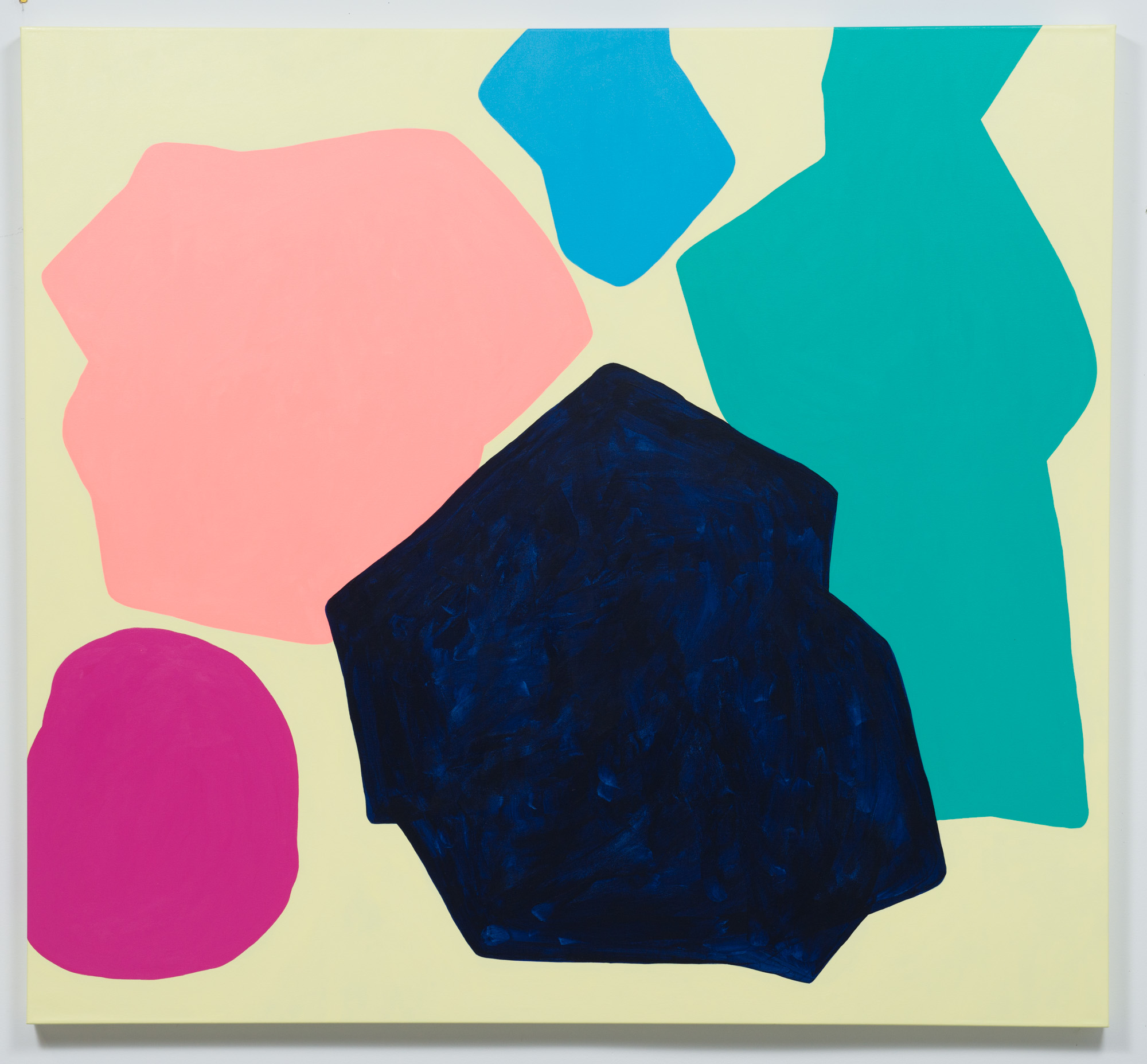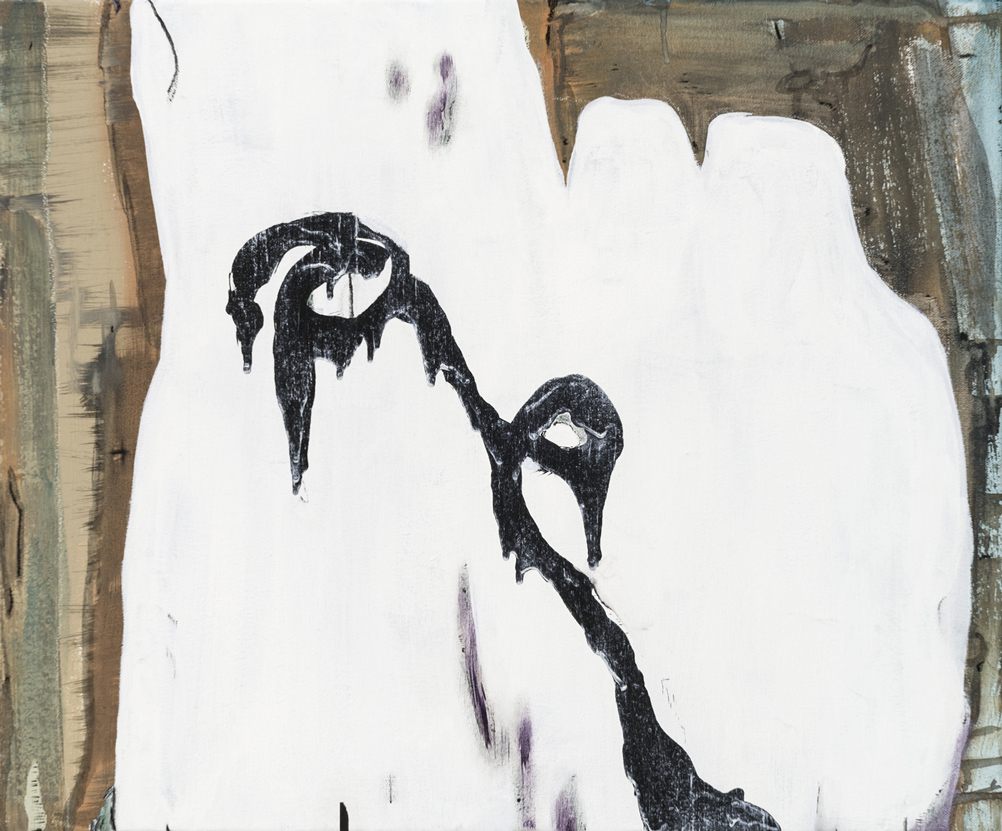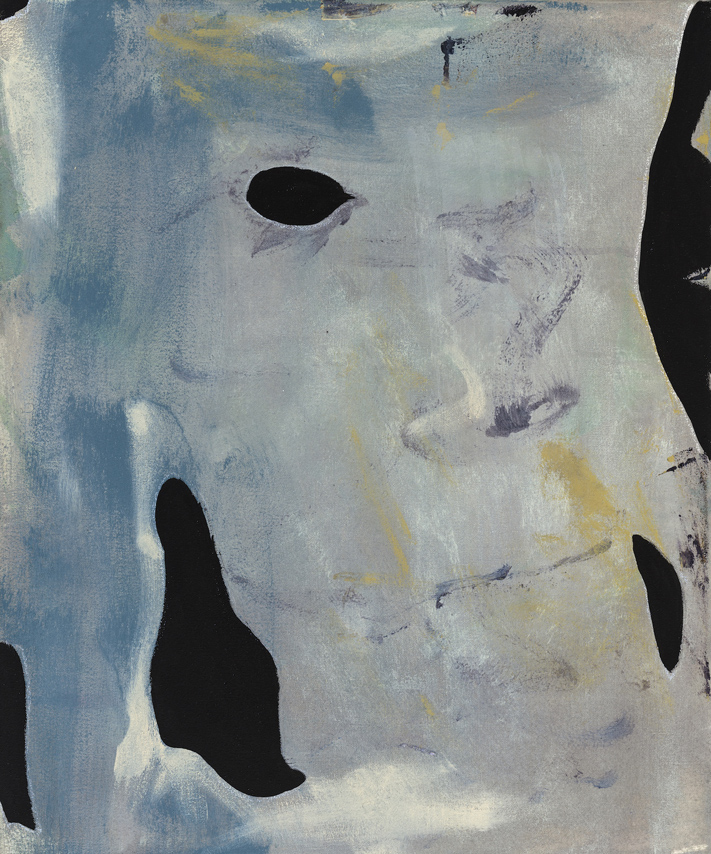Playlist, 2018, exhibition view, Galerie Antoine Ertaskiran, Montréal (Canada), Photo: Paul Litherland
Playlist 04 jul.— 11 aug. 2018
11
aug.
2018
PLAYLIST
MICHELLE BUI
JULIA DAULT
KIM DORLAND
NICOLAS GRENIER
MANUEL MATHIEU
JON RAFMAN
JEANIE RIDDLE
STERLING RUBY
CORRI-LYNN TETZ
Galerie Antoine Ertaskiran is proud to present the third edition of Playlist, a summer group exhibition, showcasing works by Michelle Bui, Julia Dault, Kim Dorland, Nicolas Grenier, Manuel Mathieu, Jon Rafman, Jeanie Riddle, Sterling Ruby and Corri-Lynn Tetz. Their works come together to create a unique visual experience. The title, Playlist, brings out the diversity of aesthetics and mediums that will be found in this engaging show. The public is invited to discover the distinctive approach of these artists coming together as a whole for the first time.
Michelle Bui is interested in the tenuous, sometimes fraught, and always symbiotic relationship between culture and commerce. While always apparent in the way we visually experience the world, this relationship most fully inheres in our connection to material culture. The accumulation of items consumed by both society and the individual transmit a tremendous amount of data about our identity. For Bui, our sense of self, our identity-consciousness, is communicated equally by the objects that surround us as by language-based discourses that otherwise might define us. The aesthetic, expressive, and symbolic qualities, as well as the materiality of the objects selected, allow the artist to explore personal themes therein. The various objects that Bui acquires – and sometimes creates – are subjected to presentation and ownership in ways that allow for their construction and arrangement to elicit tensions and overlaps that undermine the status of the object as commodity.
Julia Dault is part of a generation of artists invigorating abstract painting today. By devising expressive gestures through rules and reasoning indicative of Post-Minimal and Conceptual art, she explores notions of artistic labor, often through constraining, repeating, or mechanically producing her hand’s gestures. This is achieved in part through her use of non-traditional tools and supports: Dault scrapes and pushes paint across the canvas with combs, squeegees, and other implements that help her create pattern-like, but ultimately imperfect, compositions. Dault’s exploration of the handmade and the industrial continues in her sculptures, which she improvises on site with hand-bent building materials.
Kim Dorland pushes the boundaries of pictorial representation through an exploration of memory, material, nostalgia, identity and place. His refusal to remain faithful to one medium or approach plays into the symbiotic nature of his work; the deadness of acrylic, the sheen of spray paint and the density of oil, all unite to engage the viewer. Dorland is heavily inspired by the Canadian landscape and possesses an affinity for its tradition of painting and portraiture; his loose, yet identifiable scenes are interjected with areas of heavy abstract impasto, adding to the raw, fleeting quality of his canvases.
Nicolas Grenier’s interest lies in the distorted connections between the many systems we inhabit—political, economic, cultural and social—and the principles, or absence of principles at the root of these systems. His artworks, primarily paintings and architectural installations, but also drawings, prints, videos and artist books, translate these theoretical, philosophical problems into the visual or the physical. He freely uses the language of architecture and diagrams to imagine dysfunctional models or structures that question the ways in which our current neo-liberal system shapes the social landscape.
Manuel Mathieu creates semi-figurative paintings that are at once highly personal and provocative, yet at the same time slightly unnerving in their intimacy. He often invokes his native country’s political history as a springboard: Mathieu was born in 1986, the year that the Haitian uprising brought the Duvalier era to an end. As such, haunting, gory forms resembling people or body parts appear in his paintings, figures that are seemingly adrift in an anonymous setting—and always appear to be alone. Yet his work is also incredibly physical. Mathieu deals with images like structures, initially “destroying” them, and then, through a variety of techniques—like scratching and frottage, insertion, drawing and dripping – he attempts to make them reappear again.
An explorer and archivist of internet culture, Jon Rafman investigates the changing nature of the self under contemporary conditions as he navigates the boundaries between the virtual and the real, the historical and the personal. His body of digital and physical works traverses the found and the made, the still and the moving, incorporating video, installation, sculpture, photography and painting. By going back and forth from material to virtual, Rafman brings attention on how such a transformation has become intuitive for us, changing the different ways in which we know ourselves, and how we perceive and relate to the world around us. By exploring both the physical and the virtual, his works take up an unfamiliar and singular third space between the two realms.
Jeanie Riddle‘s sculptures and paintings articulate themselves around a material reflection on line, contour and pictorial surface, from which a dialogue between the gaps, cracks, broken lines and colored planes elaborates itself. Riddle uses as little tools as possible in order to reduce even the simplest of forms. Hence, the “emptied” space then becomes architectural. Through this unique technique, the artist seeks to express her relation to the world, constructed in the image of an instinctive and tender architecture.
Sterling Ruby engages a wide range of aesthetic strategies and mediums — glossy and color-saturated poured-polyurethane sculptures, drawings, collages, richly glazed ceramics, graffiti-inspired spray paintings, and video—maintaining a constant tension within a multitude of elements. His work engages with issues related to the violence and pressures within society, autobiography, and art history. Throughout, he vacillates between fluid and static, minimalist and expressionist, pristine and dirty. Of the diverse forms that constitute his oeuvre, the paintings are the most formally abstract. Ruby has long been influenced by the sociological implications of urban demarcation, vandalism, and the power struggles of gang graffiti. The work presented in Playlist is part of a series of paintings entitled BC (abbreviation for Bleach Collage), for which the artist repurposes and incorporates into the canvas various textiles found at his studio that have personal resonance.
Highlighting the seductive pull towards self or collective transformation and strange mystical events, Corri-Lynn Tetz’s paintings are drawn from the romantic histories of a figure in landscape and the seemingly endless possibilities of a painted surface, pictorial space and form. Evoking memory or a distant, otherworldly Arcadia, the effect is often more poetic than narrative – with bodies and nature activated through inventive figuration, high key and muted colour combinations, abstract intervention and intuitive gestures. Whilst maintaining a longstanding attachment to rendering, Tetz’s aim is to occupy a space between figuration and abstraction – where form provides just enough information to convey bodies and space, without losing the immediacy of that first, energized, layer of paint. The artist transforms and re-contextualizes each source into an unsettling, otherworldly, dreamspace through the process of gradual addition.


